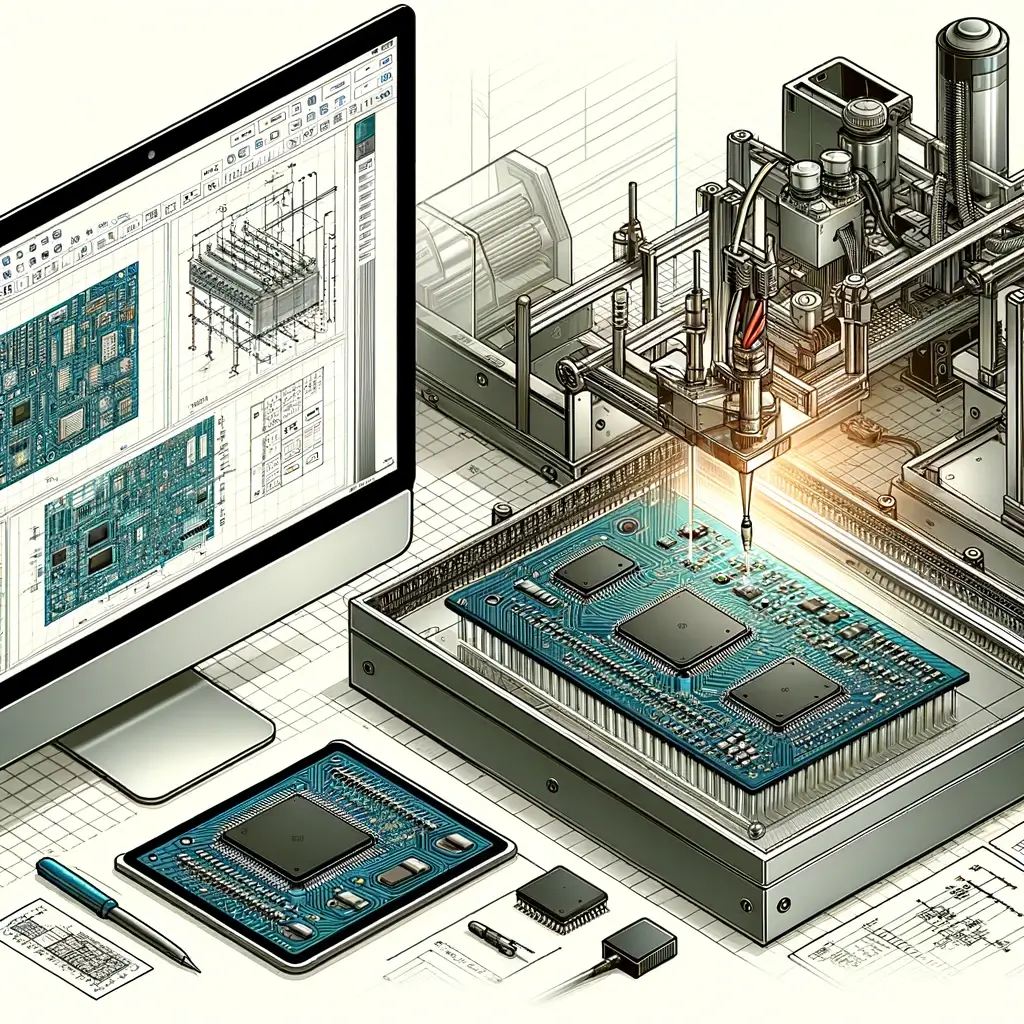Elecctronics PCB Assembling High Current Heavy Copper PCBs
Electronics PCB Assembling high current heavy copper Printed Circuit Boards (PCBs) can be difficult, as the heavy copper functions like a double-edged sword. While heavy copper serves to remove heat efficiently from the components when the board is operating, it does the same while soldering components to the board, which is detrimental to proper soldering.
Need To Supply Heat
Extra heat may also be necessary when reflow soldering or wave soldering a heavy copper PCB. Usually the preheating zones in the oven supply this, while slowing down the conveyor speed also allows the board to soak up the extra heat. However, the metal in the board can retain the heat for a long time, leading to a failure in the bond between the copper and the substrate, causing the copper trace to lift off the board.
Design is Important
Designers of heavy copper boards must take care to provide thermal relief to solder pads connected to planes of heavy copper. They need to provide neck downs to pads connected to thick copper traces. Both the above allow adequate thermal transfer of heat from the soldering iron to the pads, without the heat being removed too quickly by the thick copper.
Buried thick copper is another manufacturing method that does not need extra heat as thinner pads connected to the thick copper can be soldered with nominal amounts of heat. Apart from adequate thermal relief to solder pads and vias where they interconnect with thick copper layers, assemblers of heavy copper boards may need to make certain they cover the soldering area with the proper flux—it should be easy to apply and the flux must not evaporate too quickly.
Raising the Temperature of the Board
Assemblers must also make certain they apply adequate heat to raise the temperature of the pad or via to above the melting point of solder they are using. For this, it is necessary to ensure the soldering tool or iron is of adequate wattage to supply consistent heat over the time necessary to allow the solder to melt and flow—inadequate heat supply will certainly cause dry solder joints.
There are several methods available to assemblers for heating a heavy copper board to enable soldering. They may place the board on a hot plate or a preheating device before soldering, to bring the board up to the temperature suitable for melting solder. They may also apply two soldering irons to both sides of the board, to make it attain the required temperature.



